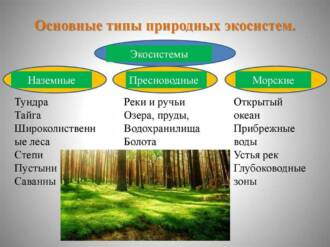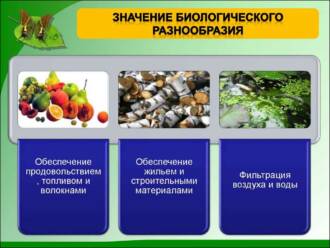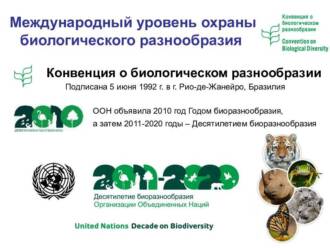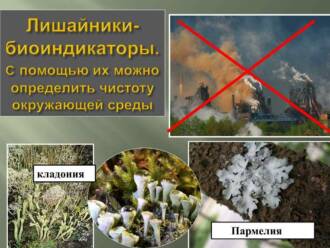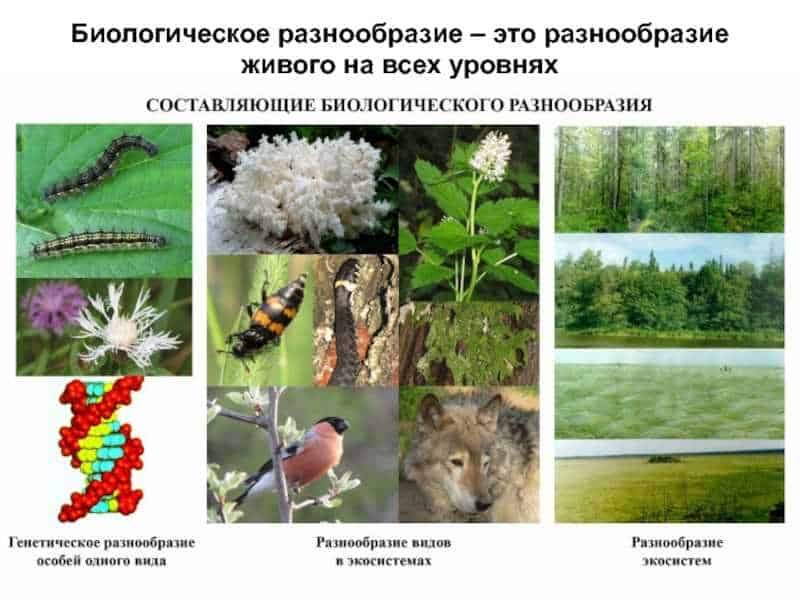
Butterflies are amazing creatures that are among the most beautiful and diverse insects on the planet. They attract attention with their bright wings and graceful flight. However, all butterflies play a much more important role in ecosystems than just pleasing to the eye.
Butterflies are symbols of biodiversity. There are about 180 thousand species of butterflies in the world, each of which has unique characteristics and features. They occupy different ecological niches and perform various functions in nature. Some species of butterflies are important pollinators of plants, while others play the role of a food base for other animals. Without butterflies, many ecosystems would not be able to maintain their stability and functioning.
Butterflies are also indicators of the quality of an ecosystem. Their presence and diversity are indicators of the health and wealth of the environment. If in some area the number or species diversity of butterflies is reduced, this may indicate a violation of the ecological balance and problems in the ecosystem. Therefore, the study of butterflies and their habitats helps scientists and ecologists assess the state of the environment and take the necessary measures to preserve and restore it.
Butterflies: their role in biodiversity
Butterflies are one of the most diverse and numerous groups of insects. They play an important role in biodiversity through several functions.
Plant pollinators
Butterflies are one of the main pollinators of flowering plants. When a butterfly visits a flower, pollen grains stick to its body, and it transfers them to other flowers, contributing to pollination. This process is essential for plant reproduction and the maintenance of their genetic diversity.
Food source for other animals
Butterflies, in turn, are an important food source for other animals. Many birds, lizards, and frogs feed exclusively or partially on butterflies and their caterpillars. Thus, butterflies are links in food chains and contribute to maintaining the ecological balance in natural ecosystems.
Ecosystem quality indicators
Butterflies are also indicators of the quality of ecosystems. Their presence or absence may indicate the state of the environment. Some butterfly species are very sensitive to changes in vegetation quality and composition, air and water pollution, pesticide use, and other factors. Therefore, monitoring of butterfly populations makes it possible to assess the state of ecosystems and take measures for their conservation and restoration.
The value of butterflies in the ecosystem
Butterflies are important participants in the ecosystem, performing various functions that contribute to the maintenance of biodiversity and environmental quality.
Plant pollinators. Butterflies are one of the main pollinators of plants. They carry pollen from one flower to another, which contributes to the process of pollination and the subsequent formation of fruits and seeds. Thus, butterflies play an important role in plant reproduction and maintenance of their populations.
food for other animals. Butterflies are a food source for many other animals, including birds, frogs, lizards, and mammals. Their caterpillars and pupae serve as an important source of nutrition for the young of these animals, providing them with the necessary energy and nutrients for growth and development.
Ecosystem quality indicators. Butterflies are sensitive to changes in the environment and can serve as indicators of ecosystem quality. Their presence or absence in a certain region may indicate the state and health of the ecosystem. The decrease in the number and diversity of butterflies may be due to negative impacts such as pollution, destruction of natural habitats and the use of pesticides.
role in the food chain. Butterflies occupy an important place in the food chain, serving as both a food source for other animals and predators for small insects. They help maintain a balance in the ecosystem by controlling the abundance of certain pests and helping to preserve plants and other organisms.
Thus, butterflies play an important role in the ecosystem, serving as pollinators, food for other animals, indicators of environmental quality, and participants in the food chain. Their conservation and protection are important tasks in maintaining biological diversity and ecosystem balance.
Biodiversity of butterflies in the world
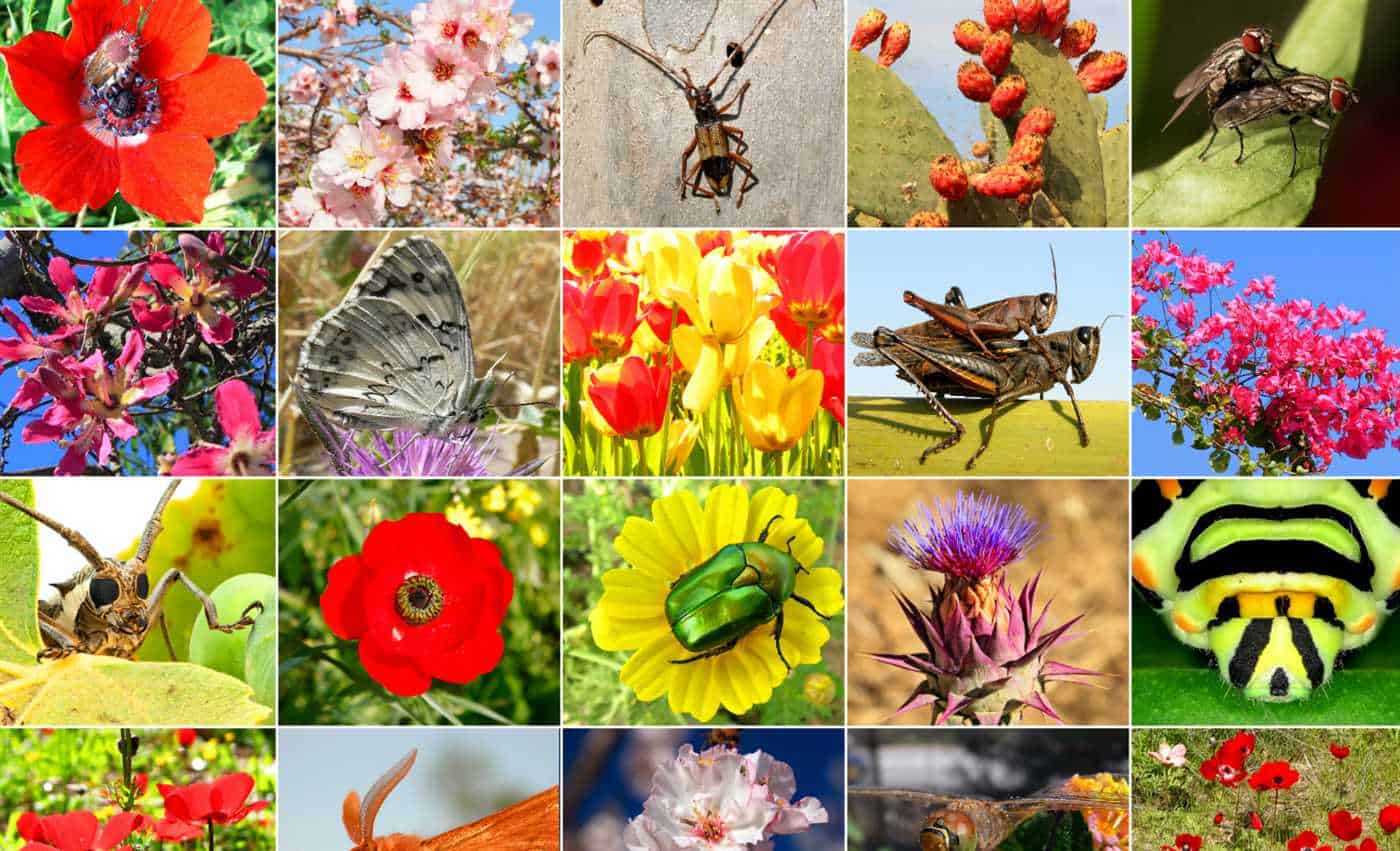
Butterflies are among the most diverse and amazing creatures in the natural world. There are a huge number of butterfly species that live on all continents except Antarctica. They are found in a variety of places - forests, fields, gardens, mountains and even city parks.
The biodiversity of butterflies is manifested not only in their appearance, but also in their behavior and lifestyle. Some butterflies migrate vast distances, covering thousands of kilometers, to find suitable places to breed and forage. Other butterflies spend their entire lives in close association with certain plant species, being their indispensable pollinators.
Butterflies are important indicators of the health of an ecosystem. They respond to changes in the environment and may be the first to suffer from pollution, habitat loss and climate change. A decrease in the number and diversity of butterflies may indicate a violation of the ecological balance. Therefore, the conservation of butterfly biodiversity is of great importance for maintaining the quality of the ecosystem.
One of the main factors affecting butterfly biodiversity is the availability of a variety of plant species that serve as food and nesting sites for butterflies. A lack of plant diversity can lead to a reduction in the number and diversity of butterflies. Therefore, it is important to preserve and restore natural butterfly habitats, as well as create artificial sites for them in urban environments.
Butterflies are not only important components of the ecosystem, but also attractive objects for observation and study. Many people take pleasure in watching the beautiful wings, bright colors and graceful flight of butterflies. The study of butterflies helps to understand the principles of evolution and adaptation in nature, as well as to increase our knowledge of the interaction of living organisms and their environment.
The role of butterflies in plant pollination
Butterflies play an important role in the pollination of plants, especially those that are not pollinated by other insects such as bees or wasps. They are one of the main pollinators for many plant species, especially flowering plants.
The main pollination mechanism used by butterflies is the transfer of pollen from the back of their bodies to the anther of a plant. When a butterfly lands on a flower, it may accidentally hit the pollen spikes that are attached to its body. Then, when the butterfly moves to another flower of the same species, it can transfer the pollen to that flower's anther, leading to pollination and the subsequent formation of a fruit or seed.
Butterflies may also be involved in plant pollination using other mechanisms such as collecting nectar from flowers or feeding on plant sap. In the process of collecting nectar, butterflies accidentally transfer pollen from flower to flower, contributing to pollination.
Some plant species are completely dependent on butterflies for their pollination and reproduction. For example, some orchid species have complex pollination mechanisms that require the participation of certain species of butterflies for successful pollination.
Thus, butterflies are an integral part of the pollination process of plants and play an important role in maintaining biodiversity and ecosystem quality. Without their participation, many plants would not be able to reproduce and survive.
Butterflies as indicators of ecosystem quality
Butterflies are important indicators of the quality of an ecosystem, as they are sensitive to changes in the environment. The variety and number of butterflies in a given area can indicate the health and wellness of an ecosystem.
Butterfly biodiversity is a reflection of biological diversity in general. The more species of butterflies that live in a particular region, the more diverse and resilient the ecosystem is. Changes in the composition of butterfly species can indicate disturbances in the ecosystem, such as the decline of certain species or the introduction of invasive species.
Butterflies can also serve habitat quality indicators. They are sensitive to changes in the quality of air, water, soil and vegetation. If butterflies disappear from a certain area, this may indicate environmental pollution or the destruction of its natural conditions.
Butterfly study allows you to get valuable information about the state of the ecosystem and evaluate the effectiveness of environmental protection measures. Monitoring butterfly populations can help identify threats and direct efforts towards ecosystem conservation and restoration.
In general, butterflies are important indicators of biodiversity and ecosystem quality. They help us understand the state of nature and take action to conserve it. Therefore, it is important to conserve and protect butterflies and their habitat.
Threats and conservation of butterflies
Changing of the climate: One of the main threats to butterflies is climate change. Global warming and extreme weather conditions such as heavy rains and droughts can negatively impact butterfly populations. Changes in temperature and rainfall can lead to a reduction in their living space, as well as a change in the availability of food and vegetation, which they use as a source of food and breeding grounds.
Destruction of the natural environment: The expansion of urban development, the development of agricultural land and deforestation lead to the destruction of the natural environment of butterflies. They are losing their habitats and food sources, leading to a reduction in their numbers and diversity. Butterflies often depend on certain types of plants on which they breed and feed, and the destruction of these plants entails a decrease in the number of butterflies.
Pesticide use: The widespread use of pesticides in agriculture and horticulture negatively affects butterflies. They can come into contact with pesticides that are applied to plants and die by poisoning. Pesticides can also destroy their food sources and breeding sites, resulting in a decline in butterfly populations.
Environmental pollution: Air and water pollution also has a negative impact on butterflies. Emissions from industrial plants and vehicles, as well as releases of fertilizers and chemicals into water sources, can lead to the death of butterflies and the destruction of their habitats.
Conservation projects: For the conservation of butterflies, it is important to carry out projects to preserve their habitats. This may include the creation of protected areas where the butterflies will be provided with a natural environment and access to food. It is also necessary to limit the use of pesticides and conduct educational campaigns on the importance of conserving biodiversity and ecosystems in which butterflies play an important role.
Cooperation with farmers and gardeners: Cooperation with farmers and gardeners also plays an important role in the conservation of butterflies. Butterfly populations can be supported by creating special gardens where plants that attract butterflies will be grown. Farmers can use more sustainable farming practices to reduce the use of pesticides and conserve butterfly habitats.
Butterflies in culture and art
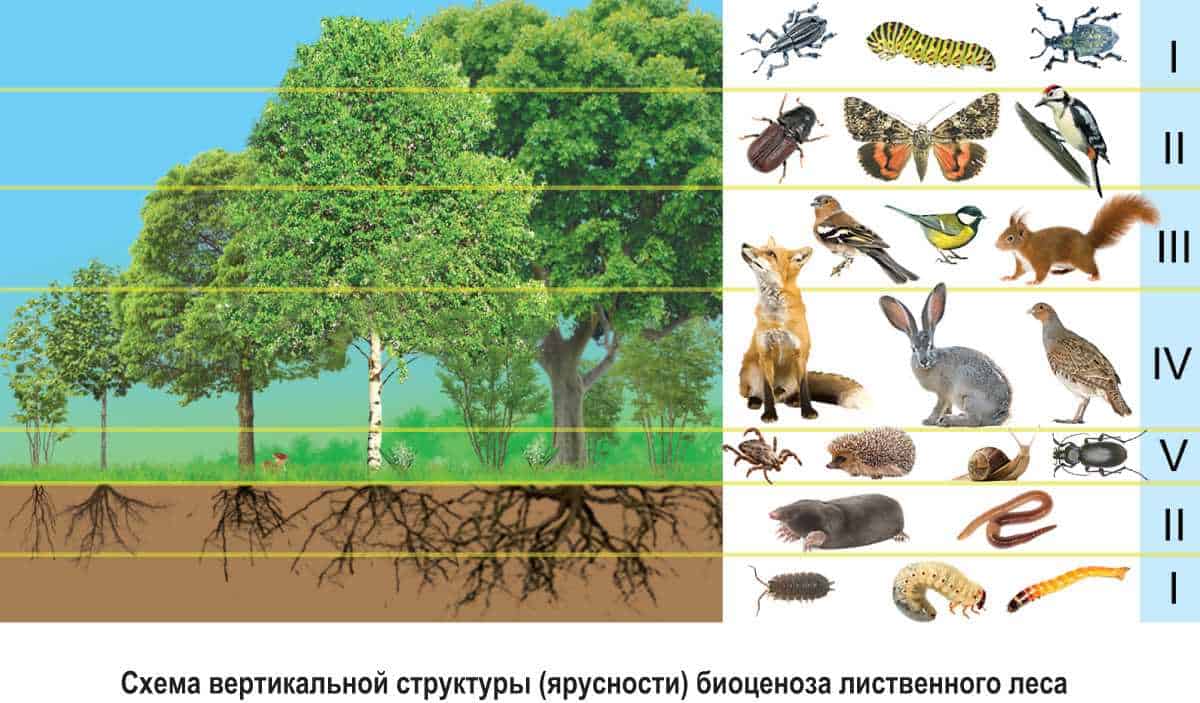
Butterflies are not only symbols of biodiversity and ecosystem quality, but also important elements in culture and art. Their beautiful and colorful wings inspire artists, designers and writers to create works of art that convey aesthetic perception and deep meaning.
Butterflies are often depicted in paintings, prints and illustrations. They symbolize lightness, beauty and transformation. Artists use a variety of techniques and styles to convey the unique beauty of these insects. Butterfly wings are often depicted in vibrant colors that grab the viewer's attention and create associations with spring and joy.
Butterflies are also often mentioned in poetry and literature. They become symbols of change, transformation and freedom. The butterfly that flies out of the chrysalis becomes a metaphor for the human soul, which is freed from the shackles of the past and strives for new horizons.
Butterflies are also often used in decorative items such as jewelry, clothing, and home furnishings. They give them lightness and elegance, creating an atmosphere of beauty and harmony.
In general, butterflies occupy an important place in culture and art, embodying transformation, beauty and freedom. They inspire us to be creative and remind us of the importance of caring for nature and its diversity.
Historical ideas about butterflies
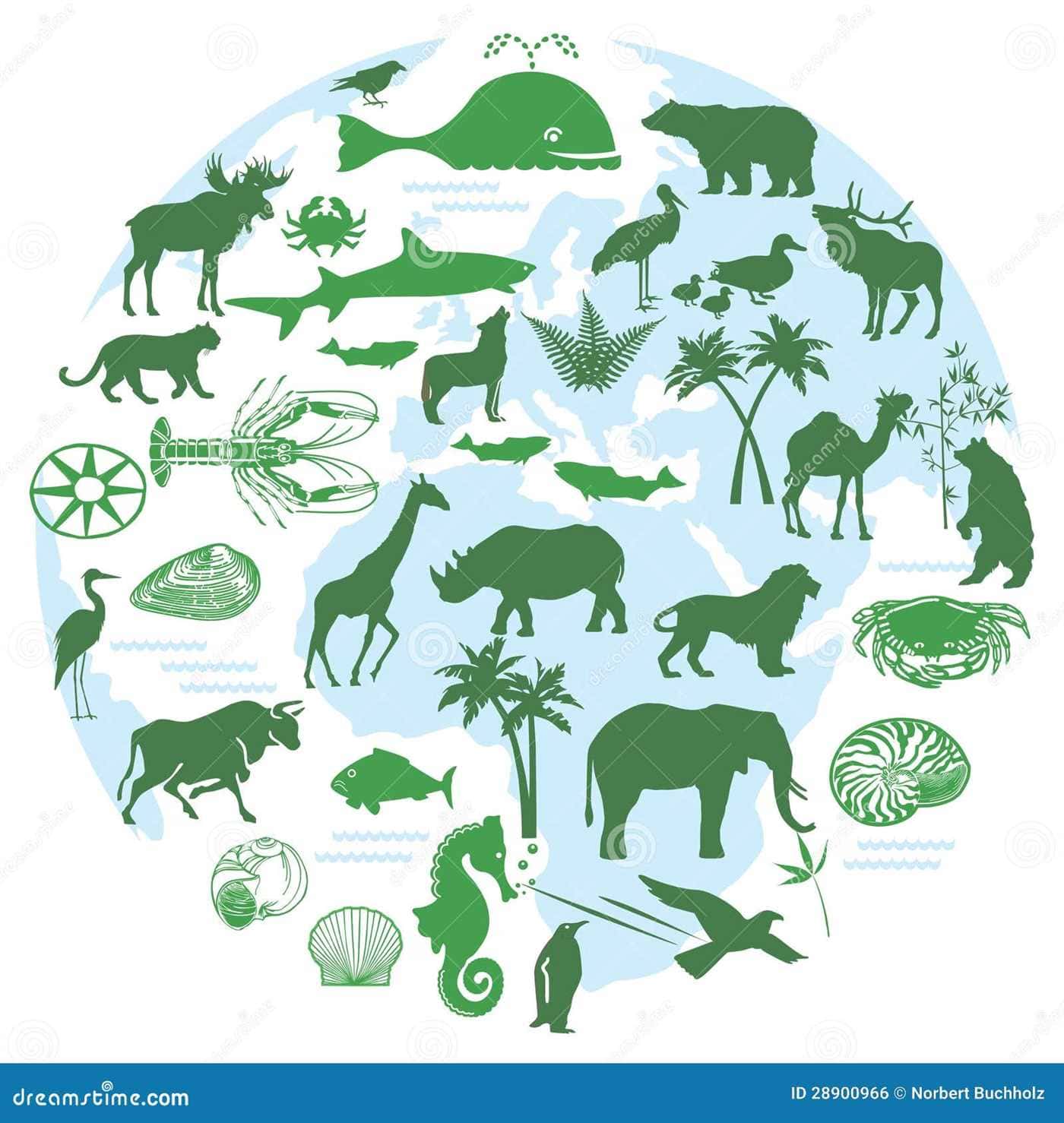
Butterflies have always attracted human attention with their beauty and tenderness. In different times and cultures, they symbolized different concepts and had their own ideas.
In ancient Greek mythology the butterfly was a symbol of the soul and the embodiment of immortality. She was considered the messenger of the gods and the link between the worlds.
In Chinese culture the butterfly was associated with love, joy, freedom and transformation. She symbolized change, growth and rebirth.
In the European tradition the butterfly was often associated with lightness, beauty and elegance. She symbolized transformation, liberation from restrictions and the desire for light.
Butterflies also had their significance in folk tales and beliefs. For example, in some cultures it was believed that if a butterfly sat on a person, then this means the approach of happiness or good news.
In general, historical ideas about butterflies reflect universal symbols and values such as beauty, transformation, freedom, and spirituality. Butterflies continue to inspire and arouse interest in people around the world.
Butterflies in folk superstitions and beliefs

Butterflies are considered symbols of change and transformation in many cultures. In folk superstitions and beliefs, they are associated with the soul, freedom and lightness. Butterflies are also considered a sign of wealth and good luck.
In some cultures, the butterfly is considered a harbinger of good news. Meeting a butterfly before an important event is considered an auspicious sign that promises success and good luck.
In Russian folk culture, the butterfly is considered a symbol of goodness and beauty. Her presence in the house is considered a sign of family well-being. If a butterfly flies into the house, then this is considered a good omen and means profit and good luck.
However, there are also negative superstitions associated with butterflies. In some cultures, the butterfly is considered a harbinger of misfortune and disease. Meeting a butterfly at night is considered a bad sign that can bring misfortune and bad luck.
In general, butterflies play an important role in folk superstitions and beliefs, symbolizing change, beauty and good luck. No matter what beliefs are accepted, butterflies remain one of nature's most beautiful and amazing creatures.
Butterflies in scientific research and education

Butterflies play an important role in scientific research and education, as they are excellent subjects for studying biological processes and ecosystems. Butterfly related research helps to increase our knowledge of nature, biodiversity and ecosystem quality.
Scientific research
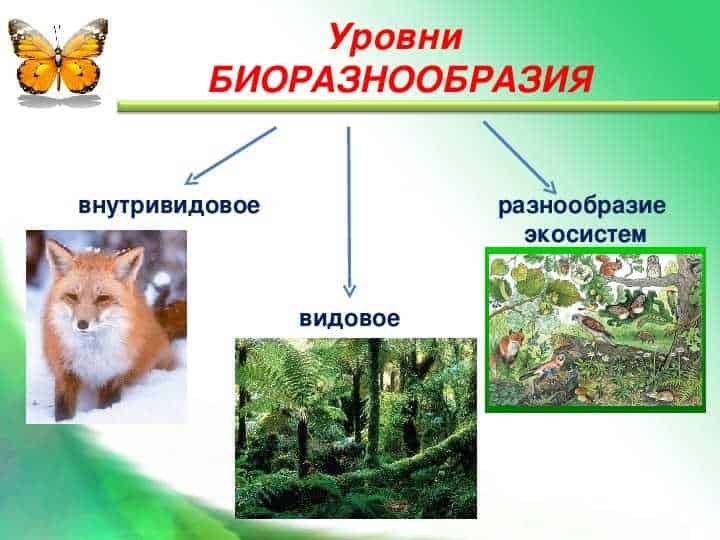
Butterflies are objects of interest for many scientific studies. Scientists study various aspects of their life cycle, behavior, migrations and interactions with other organisms. For example, research could focus on the impact of climate change on butterfly migration or on the interaction of butterflies with plants.
Butterflies are also important biological indicators of the state of ecosystems. Their presence or absence may indicate the quality of the habitat, the presence of certain plant species, or the impact of human activities on nature. Therefore, research on butterflies provides information about the state of the environment and assesses the quality of the ecosystem.
Education
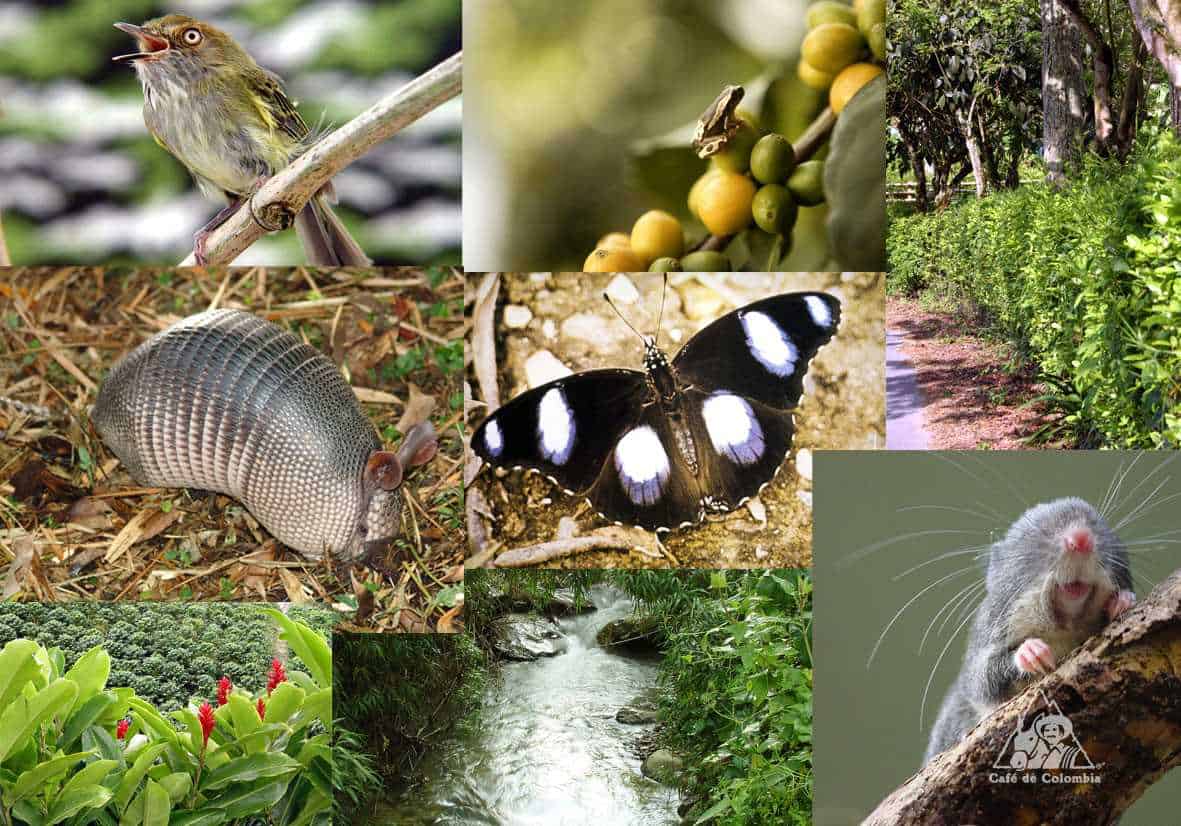
Butterflies are also used for educational purposes. Many schools and universities include the study of butterflies in their curricula. This allows students to become familiar with various aspects of biology, ecology and conservation.
Butterfly-related education may include learning about their diversity, life history, adaptations, and role in the ecosystem. Also, students can participate in practical research, collect data and analyze it, which helps to develop skills in scientific thinking and working with information.
Thus, butterflies play an important role in scientific research and education, helping to expand our knowledge of nature and ecosystems, as well as developing scientific thinking skills in students.

